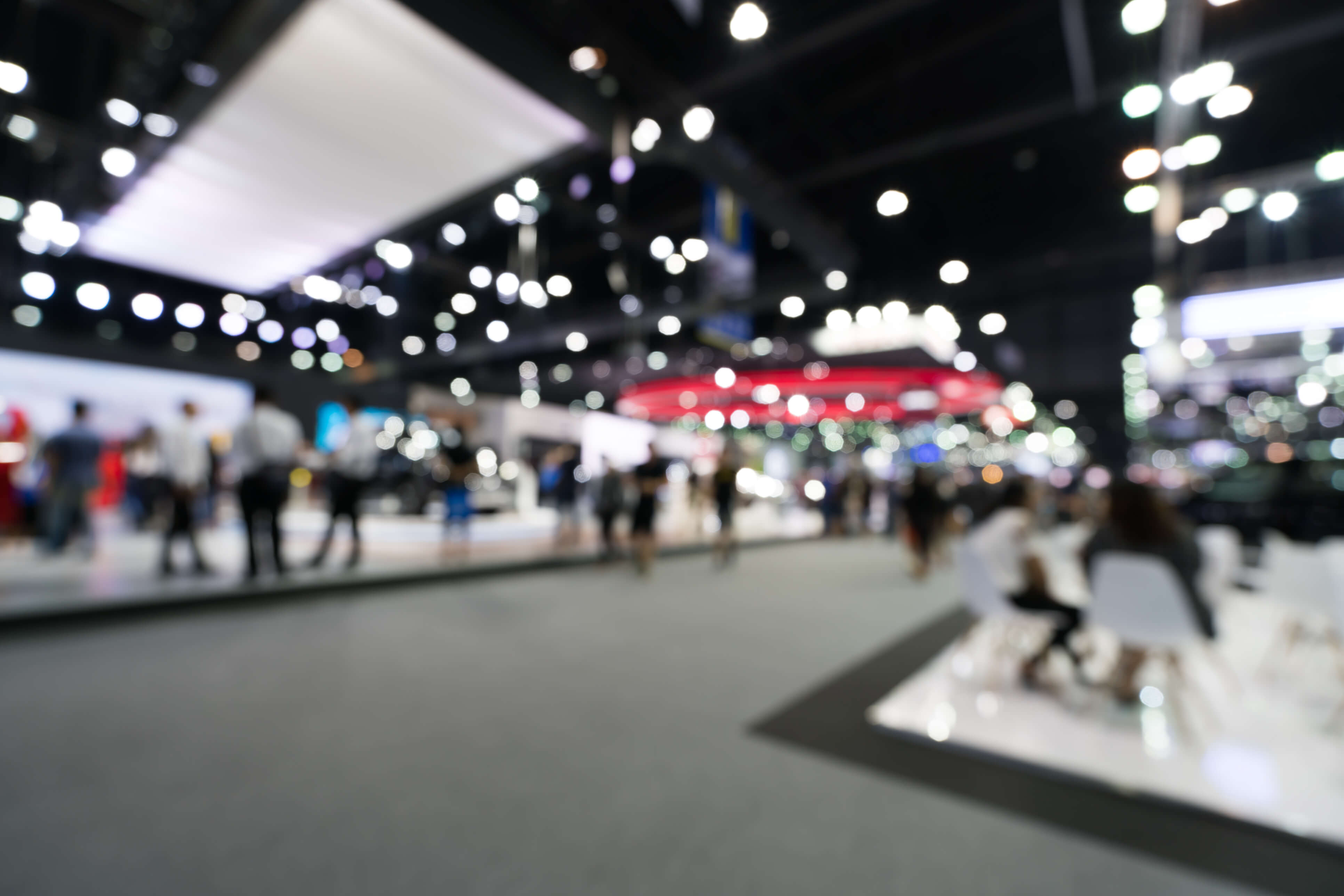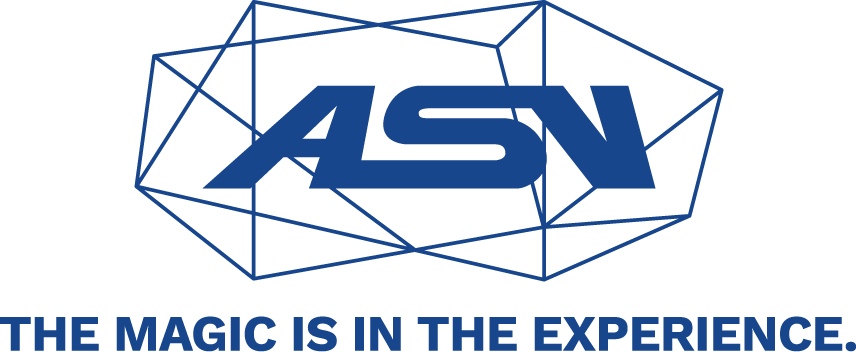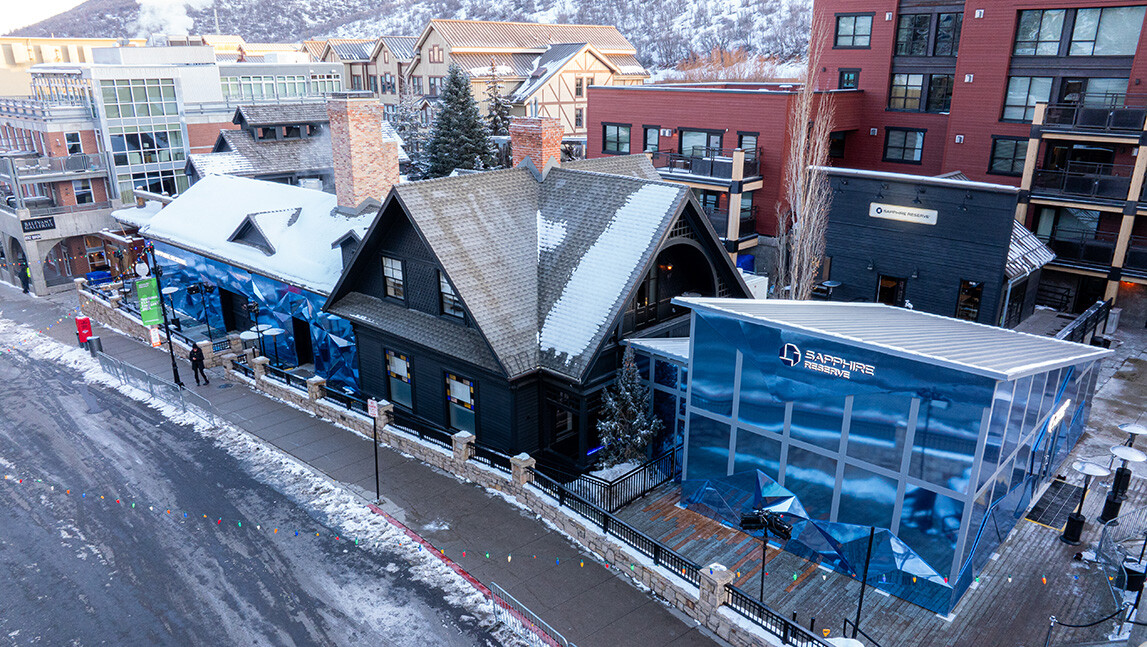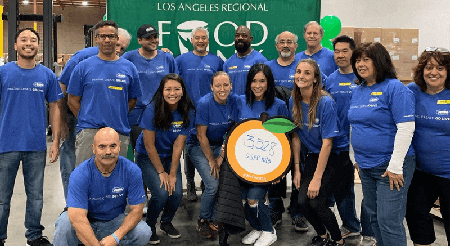Event design isn’t just the way something looks. It’s the way those visual elements work together to convey a brand story that people want to learn more about.
An event isn’t just the hall or center that hosts it. Nor are events limited to the displays, booths, and workshops that compose them. Events are those things and so much more, all working in conjunction to convey something much more significant — a brand story.
Events help this narrative jump off the page or screen to resonate with attendees and build the sort of emotional connections that translate into conversions and loyalty. This story is at a company’s foundation, the proverbial “why” that every organization should have if it hopes to click with its target audience.

As I mentioned, brands can leverage events to incorporate that narrative in several ways, including booths, guest speakers, and free swag. Another big-picture way to tell that story? Craft an event design that combines everything unique about your brand into an engaging and evocative piece of marketing.
How Event Design Can Say Everything About Your Brand
Though the adage says to “not judge a book by its cover,” an engaging piece of cover art scores big with readers. Event design, in a way, is the cover art for your brand story by providing a sensory introduction to what an organization is truly about.
And with a study showing that 80% of event planners think their jobs require more creative thought than they did within the past two to five years, it’s clear that event design isn’t something to disregard. Here are three ways event design and brand story can seamlessly intertwine:
1. Balance cohesion and autonomy.
Brand stories contain threads that companies can weave into every asset at their disposal. Those constants should be prominent in your event design and incorporated in both traditional and innovative ways.
Consistent colors, visuals, and messaging should appear in every piece of event collateral. When people attend your event, the look and feel should mimic what they see at the brand’s retail or online stores. Event design should breed familiarity and stability to help attendees know what to expect, no matter the touchpoint.
At the same time, encourage your workers and attendees to put their respective marks on each event with feedback and adjustments. Empower event staffers to put new spins on brand staples and breathe new life into existing assets. You should also ask attendees for input on menu items and what they found useful or disposable about individual events. Autonomy and cohesion can improve the event experience and help distinguish your brand.
2. Align design with buyer personas.
When attendees feel included in your event design and planning, they also provide a peek into who they are. Use those insights to build a buyer persona that you can easily incorporate into your event design.
Imagine this gathering is a person, and then apply traits that describe an attendee. Does a person come off as trendy, classic, or opinionated? Incorporate those themes into your design as an additional engagement tool. If multiple personas emerge, look at past attendees to build out additional profiles you can apply to the event design.
You might also use a SWOT analysis — focused on strengths, weaknesses, opportunities, and threats — to build personas of attendees you want to attract to your next event. This kind of personalization lets event planners appeal to attendees within the confines of their distinct event and brand design.
3. Hit all the senses.
Event marketing uses multiple touchpoints. But during the actual gathering, attendees’ senses serve as a touchpoint; engaging those senses helps ensure your brand story hits on numerous fronts.
Lifestyle publication Refinery29 brings its brand story to life during its annual 29Rooms event by constructing unique engagements in a 29-room warehouse in Brooklyn. 29Rooms, which “combines the interactivity of a funhouse and the cultural relevance of a museum,” conveys one of the publication’s values with an immersive setup in each display.
Commonality with decor, lighting, music, or food and beverage options can illustrate a narrative with just as much impact as a flashy display or a rousing speech. See these elements as an extension of improving the customer experience and entrenching your brand story.
Event design speaks volumes to attendees. It conveys not only what they’ll see at your event but also what your brand offers customers on an everyday basis. Connect your event design to your brand story to show present and potential customers the tale your brand wants to tell.







